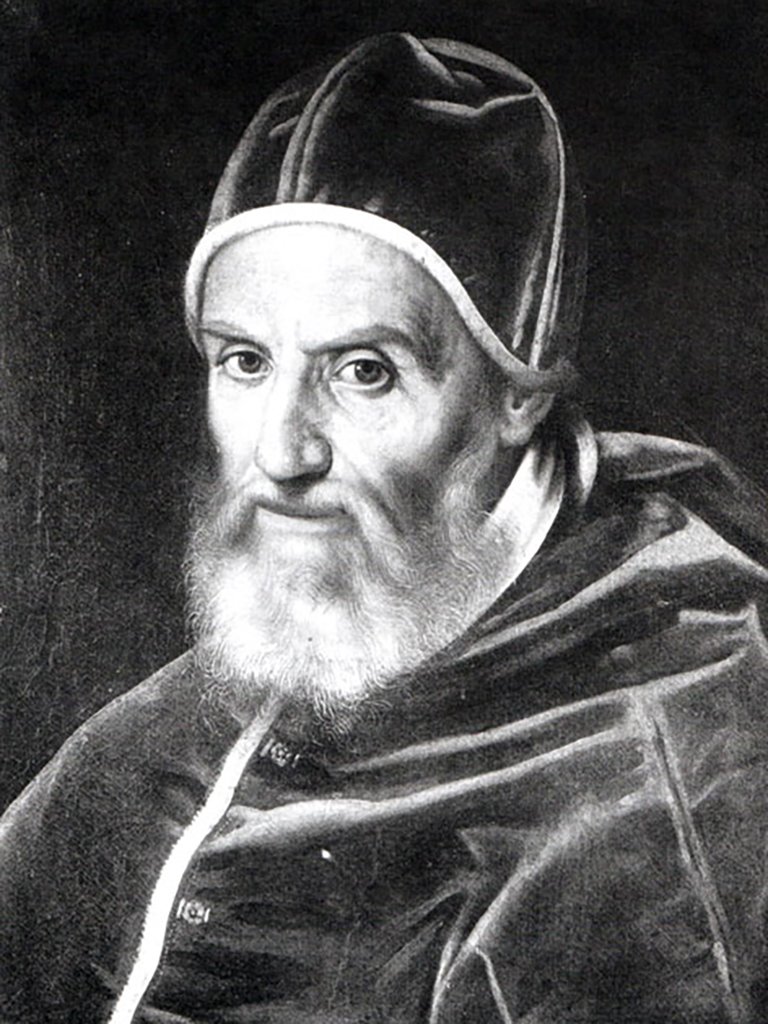
Pope Gregory XIII

Pope Gregory XIII, originally the Bolognese Ugo Boncompagni (b. 1502), reigned as pope from 1572 until his death in 1585. In 1582 Gregory promulgated a new calendar which entailed small but crucially important corrections to the Julian calendar which had long been in use. This was a significant moment in the history of astronomy and of culture; the Gregorian calendar is to this day the most widely used calendar in the world.
According to the Julian calendar, the average length of the year was 365.25 days. But that is 10.8 minutes longer than actual length of the solar year, the time it takes the earth to make a complete revolution around the sun. Due to this discrepancy, the Julian calendar slowly fell behind the seasons of the year. This mattered (for example) for the determination of the date of Easter. In 325 the Council of Nicea had decreed that Easter should fall on the first Sunday after the first full moon after the Spring Equinox, 21 March. But due to the above-mentioned discrepancy, by time of Gregory XIII the actual (astronomical) Spring Equinox was occuring not on 21 March but 10 days later.
To implement the Gregorian calendar, the ten calendar days between 4 and 15 October 1582 were suppressed — that year, 15 October was the day after 4 October! Also, the system of leap years was modified.
The commission which Gregory had appointed to study the reform of the calendar recommended adopting a calendar already devised by Luigi Lilio, a Calabrese astronomer and mathematician. The only two members of the papal commission who possessed deep scientific expertise were the Dominican Ignazio Danti, who would later install the meridian line in the Gregorian Tower, and the Jesuit Christopher Clavius, who at Gregory’s request energetically explained and defended the new calendar both via observations with Danti’s meridian line and via important books published and widely distributed, to help the new calendar to be gradually accepted and adoptedin various Catholic and Protestant lands.
